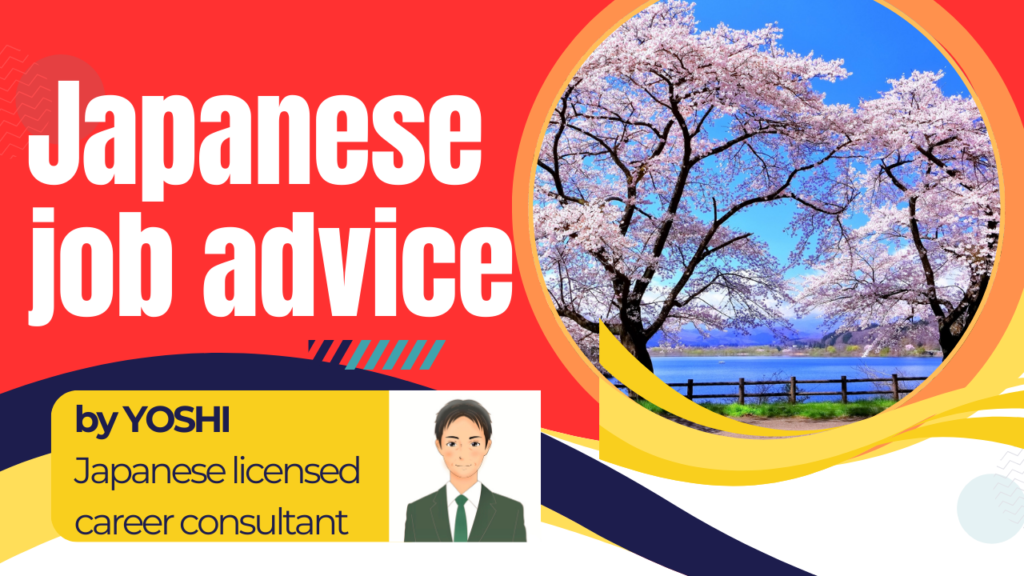What is Japan’s Work Style Reform "Hatarakikata-Kaikaku" ?

Is Japan’s Work Style Reform a Success?
Japan's work style reform has been a topic of great discussion in recent years. Established to address issues such as long working hours, declining labor productivity, and the need for a better work-life balance, the reform aims to modernize Japan’s workplace culture and improve overall employee well-being. But, has it been successful? Let’s take a closer look at the goals of the reform and its progress.
The Goals of the Work Style Reform
The Japanese government introduced the Work Style Reform Promotion Council in March 2017, with the aim of creating a more flexible, productive, and inclusive work environment. Key areas of focus include:
- Reducing Long Working Hours: The reform seeks to curb excessive overtime, which has long been a hallmark of Japanese corporate culture.
- Improving Labor Productivity: Japan has faced stagnating productivity, partly due to long working hours that leave employees burned out and unproductive.
- Encouraging Diverse Workstyles: With a growing aging population and declining birthrate, there is an increasing need for policies that allow workers to balance work with personal responsibilities, such as childcare or elderly care.
- Promoting Work-Life Balance: Ensuring that workers can take time off, rest, and maintain a healthy balance between their professional and personal lives.
Changes in Working Hours
Before the reform, long hours were deeply ingrained in Japan's work culture. It was not unusual for employees to stay in the office long after their official working hours ended, often working late into the evening or even on weekends. This culture of overwork led to burnout, mental health issues, and even tragic cases of "karoshi" (death from overwork).
Today, there have been noticeable improvements. As of 2021, the number of workers finishing their work at 5:00 PM has steadily increased, partly due to the COVID-19 pandemic and the rise of remote work. However, this change has not been without challenges. Some workers, particularly in industries where overtime is crucial for income, continue to rely on extra hours to make ends meet.
Labor Productivity
While working fewer hours can increase job satisfaction and well-being, it does not automatically guarantee higher productivity. According to data from the Organization for Economic Co-operation and Development (OECD), Japan's labor productivity still lags behind countries like the United States. In 2019, Japan's labor productivity was estimated to be 47.9 USD per hour, only 60% of the productivity in the United States (77 USD).
The Japanese government is pushing companies to adopt more efficient work methods, but productivity improvements have been slow. The challenge lies in shifting the traditional mindset towards work and implementing effective strategies that improve efficiency without overburdening workers.
A Shift in Attitudes Toward Leave and Flexibility
The work style reform has also promoted the importance of taking paid leave. In the past, many Japanese workers were hesitant to take time off due to a deep-seated sense of duty and fear of burdening colleagues. Today, there has been a cultural shift, and workers are encouraged to take their full paid leave allocation. However, despite these changes, the actual rate of leave taken remains relatively low compared to other countries.
The government has taken measures to enforce minimum paid leave days for employees, requiring at least five days of leave to be taken out of the 10 days granted. This has been successful in encouraging more employees to take time off, but the change has been gradual. It’s clear that cultural change takes time, and many workers still find it difficult to completely detach from work.
Challenges and Areas for Improvement
While the reforms have led to progress in some areas, there are still several hurdles to overcome:
- Cultural Resistance: Many Japanese workers, especially in traditional industries, continue to see long hours as a sign of dedication and loyalty. Shifting these deeply ingrained beliefs remains a challenge.
- Economic Pressures: For some workers, especially those in lower-wage jobs or part-time positions, the reform has not led to significant financial improvements. Many still rely on overtime to meet their financial needs.
- Unclear Impact on Productivity: Despite reduced working hours, labor productivity has not increased as expected. For the reform to be truly successful, Japan needs to find ways to boost productivity without encouraging excessive hours.
Conclusion
Japan's work style reform has made important strides toward improving working conditions and promoting a better work-life balance. The shift away from long working hours and the emphasis on paid leave are key successes. However, challenges remain, particularly in terms of changing deeply ingrained work culture and improving labor productivity.
In conclusion, while Japan's work style reform has seen positive changes, its success will depend on continued efforts to address the cultural, economic, and productivity-related issues that persist. It will take time for the full benefits of the reform to be realized, but the foundation for a more balanced and efficient work environment has certainly been laid.
Writer and Editor: Lio, Japanese career consultant

Lio is a nationally licensed career consultant in Japan. He holds the Level 1 SEO Certification and is a certified web analyst. Born in Japan, he has lived in four countries, gaining an understanding of various cultures while being well-versed in Japan's unique work culture and language. With 25 years of experience in HR at both Japanese and multinational companies, he leverages his expertise to support individuals seeking to work in Japan




